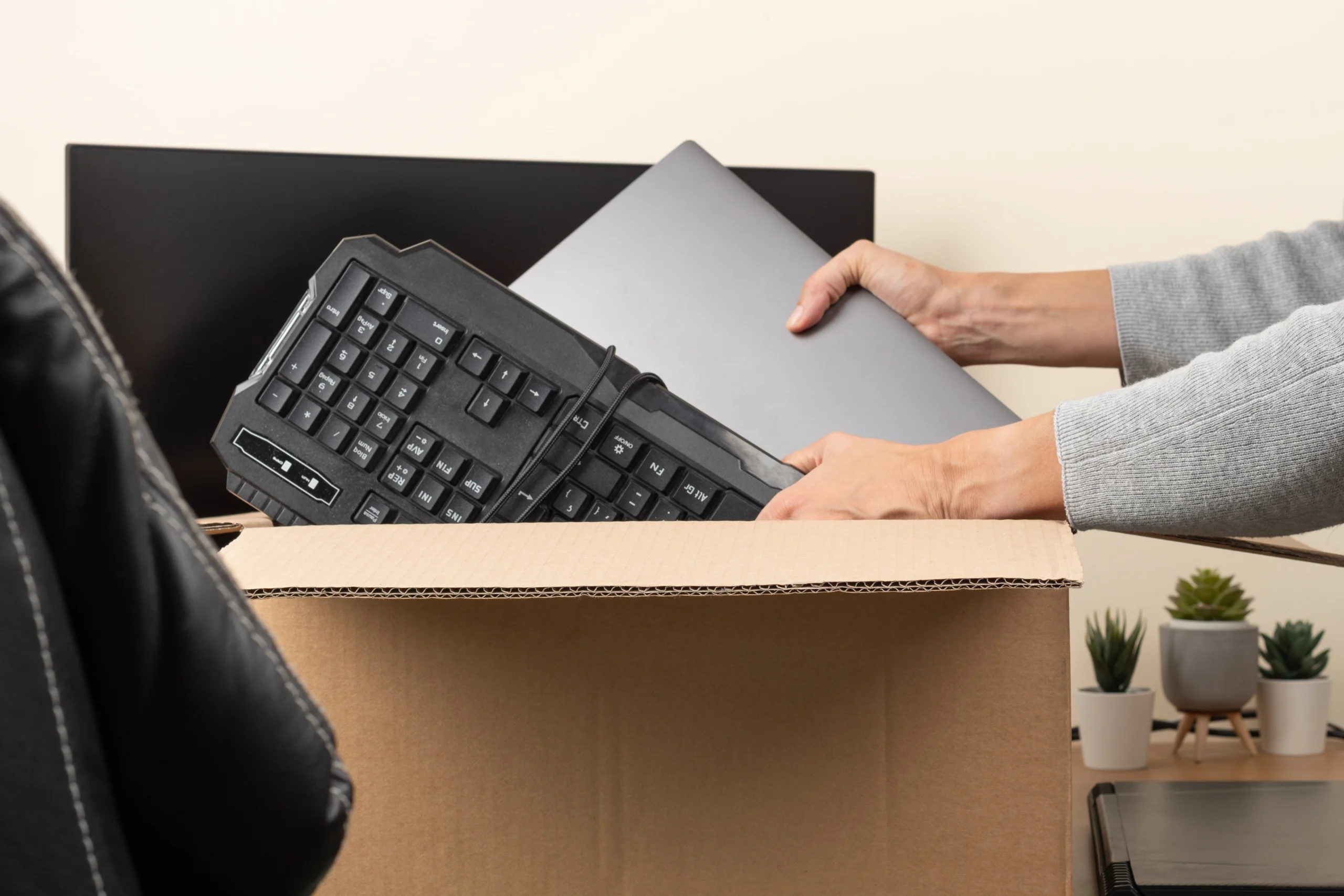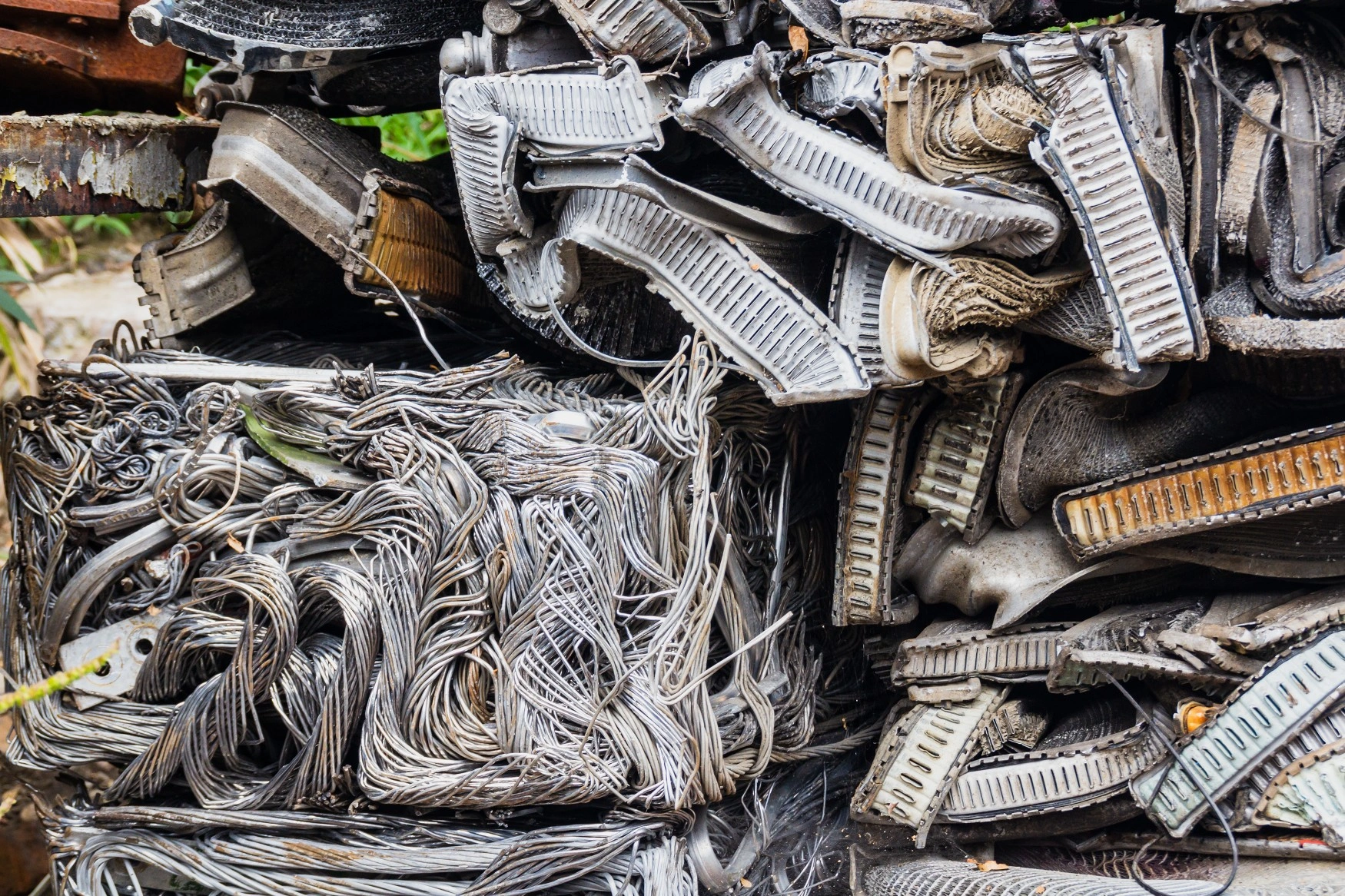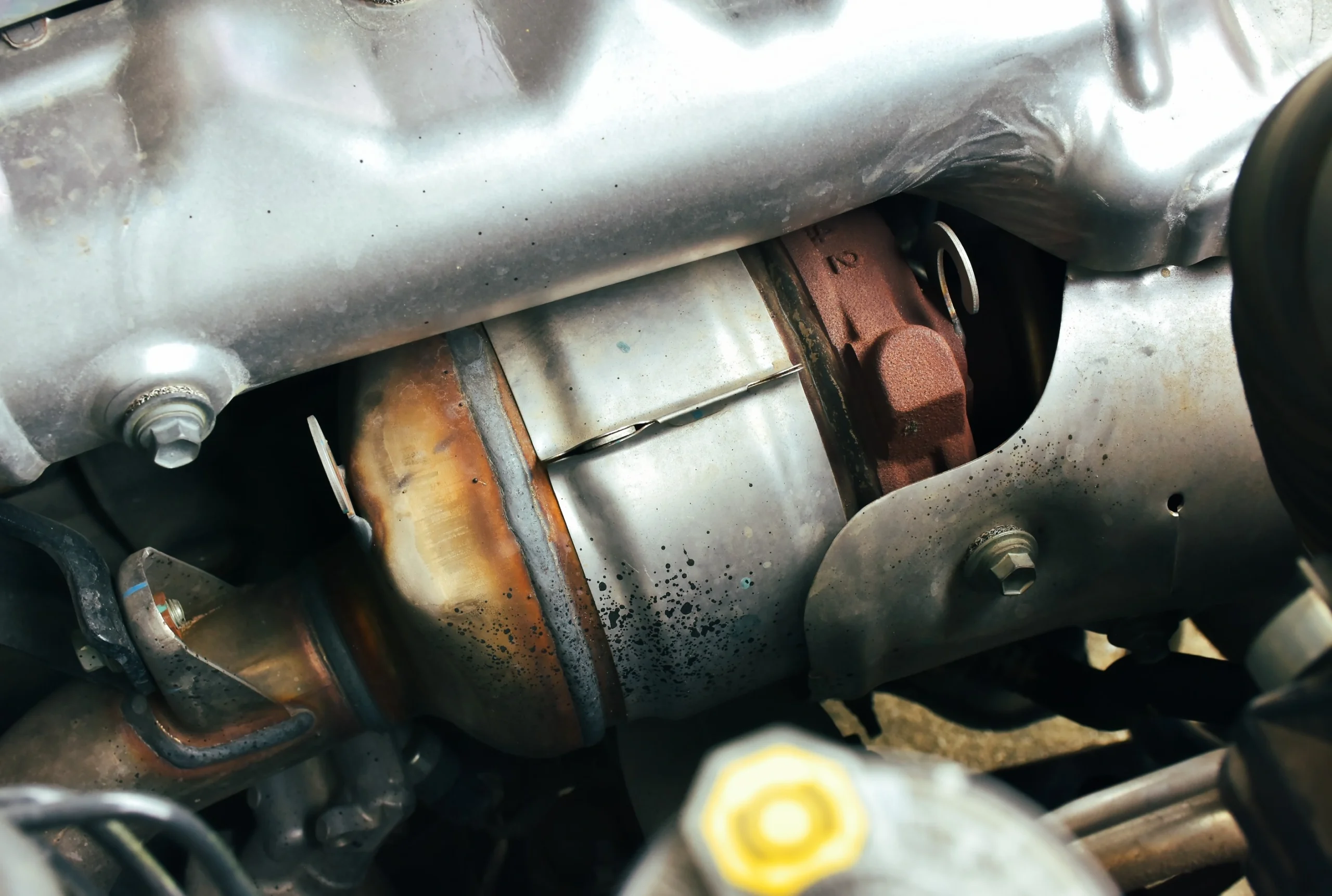Why this matters now
Electronics are leaving service faster than ever. Laptops, servers, routers, phones, point-of-sale devices, and test equipment all carry materials and data risks. South African law expects you to keep those risks under control, document your actions, and use compliant recyclers. Beyond the legal angle, a clean chain-of-custody reduces data exposure and supports resource recovery.
Core legal obligations under NEMWA
The National Environmental Management: Waste Act (NEMWA) sets the foundation for waste governance in South Africa, including hazardous components often present in electronic equipment. It frames the duty of care, classification, storage, transport, and recovery or disposal of waste streams. See the Department of Forestry, Fisheries and the Environment’s overview for context.
National Environmental Management: Waste Act summary – DFFE
Extended Producer Responsibility (EPR) regulations under Section 18 establish additional obligations for producers in prescribed product classes, including many electronic and electrical items. If your organisation is a “producer” under these rules, you must register, work through a Producer Responsibility Organisation (PRO) or an individual scheme, and meet specific collection and treatment targets. The official regulations provide the details.
Extended Producer Responsibility Regulations (Government Gazette, 5 Nov 2020)
Your NEMWA-aligned obligations, simplified
Use this quick checklist to align your electronics disposal programme:
- Establish duty of care. Assign a responsible person for each step of electronic equipment end-of-life handling.
- Classify. Identify hazardous components and ensure safe interim storage and handling.
- Keep records. Maintain transfer notes, manifests, weighbridge tickets, and certificates of recycling or destruction.
- Use compliant transporters. Verify waste transporter registration for relevant waste classes.
- Recover before disposal. Prioritise reuse, parts harvesting, and material recovery routes ahead of landfill.
- Export controls. If items cross borders, ensure you meet all permitting and transboundary movement controls.
- EPR if applicable. Confirm whether you qualify as a producer and retain evidence of registration and target reporting.
Documentation and certificates you’ll likely need
Auditors and environmental managers typically request the following. Build your records library so each file is quick to find.
- Inventory report of items disposed: make, model, serial number, asset tag, and data-bearing status.
- Waste classification notes and internal risk assessment for storage and handling.
- Chain-of-custody records: pickup dates, transporter details, and route notes.
- Weighbridge tickets or mass balance logs for incoming and processed materials.
- Certificates of data wiping, degaussing, or physical destruction for data carriers.
- Certificates of recycling or material recovery, including downstream partner summaries.
- Licences and permits: recycler facility licences, transporter registrations, and any export permits.
- EPR documentation if you’re a producer: registration confirmation, PRO agreements, and target reports.
- Incident logs and corrective actions for any deviations, spills, or security issues.
Best-practice procurement and disposal policies
Compliance is easier when it starts at purchase. Tighten procurement to reduce risk later.
- Standardise device models to simplify end-of-life processing and parts harvesting.
- Specify secure data erasure requirements in vendor contracts for data-bearing devices.
- Include take-back or trade-in clauses with clear documentation and proof-of-recycling requirements.
- Require serialised asset logs from suppliers and service partners.
- Prioritise devices with modular components that are easy to repair and recover.
For disposal, adopt a clear, written flow that staff can follow:
- Quarantine area set up for decommissioned devices. Use labelled cages or pallets and restrict access.
- Data handling protocol. Decide by device type: certified wipe, degauss, shred.
- Monthly pickups with a vetted recycler. Tie pickups to asset retirement cycles.
- Reconciliation after each pickup. Check inventory against certificates and mass balance.
- Quarterly internal review. Confirm licences, transporter registrations, and downstream partners remain valid.
Service support that shortens the compliance queue
If you need a partner that collects nationwide, provides certificates, and helps with EPR-aligned reporting, explore South Group Recycling’s E-waste recycling services. The team handles secure data destruction, serial-level inventory capture, and provides downloadable documentation packs that slot straight into your audit files.
Retiring servers, UPS units, and cable-heavy network gear often yields valuable materials. South Group can channel recoverable metals through its Ferrous and Non-ferrous Metals Trade service, improving your sustainability metrics through documented recovery while keeping the paperwork tidy.
Vendor due diligence: questions that get real answers
Use these questions to separate marketing claims from operational reality. Ask for evidence, not promises.
- Licences: Which facility licences do you hold, and for which waste classes? Provide copies and expiry dates.
- Transport: Are your transporters registered for relevant waste categories? Share registration numbers.
- Data security: Which standards do your data wipe and destruction processes follow? Provide sample certificates with serial-level references.
- Downstream control: Where do materials go after your first processing step? Provide a current list of downstream partners and their permits.
- Mass balance: Can you show intake vs output by waste stream for the last quarter?
- Traceability: How do you connect each asset tag or serial to the final recycling outcome?
- EPR support: Do you provide collection and treatment data that aligns with producer reporting formats?
- Security: Describe your CCTV coverage, access controls, and chain-of-custody procedures at handover.
- Incident management: Show an example of a recent corrective action and how it was closed out.
Actionable 90-day compliance rollout
Here’s a practical timeline that most mid-size organisations can follow without disrupting the day job.
90-Day E-waste Compliance Timeline
| Week | Action | Output | Owner |
|---|---|---|---|
| 1 | Appoint an end-of-life equipment lead. Map current disposal process. | RACI + process map | Ops/IT |
| 2 | Create inventory template with fields for serial, asset tag, and data status. | Live template in shared folder | ITAM |
| 3 | Set quarantine area and signage. Limit access. | Controlled storage zone | Facilities |
| 4 | Select a recycler using due diligence questions and licence checks. | Signed service agreement | Procurement |
| 5-6 | Pilot pickup. Test certificates, mass balance, and serial reconciliation. | Certificates and gap list | Ops/IT |
| 7 | Roll out internal data destruction SOP by device type. | Approved SOP + quick guide | InfoSec |
| 8 | Update procurement terms for take-back and documentation. | New T&Cs issued | Procurement |
| 9-10 | Train frontline teams: handover, packing, and record-keeping. | Attendance log + training deck | Ops |
| 11 | Second pickup with full documentation run-through. | Audit-ready pack | Ops/IT |
| 12-13 | Quarterly review: audit licences, transporter registrations, and downstream partners. | Signed quarterly review checklist | Compliance |
Record-keeping checklist you can copy
Keep one folder per pickup, and a master register for year-end reporting. Your pickup folder should include:
- Pickup request and date confirmation.
- Asset inventory with serials and data status.
- Transporter details and registration proof.
- Weighbridge or mass records.
- Data destruction certificates tied to serials.
- Recycling certificates and downstream notes.
- Any incident logs and corrective actions.
Your master register should include:
- Quarterly licence and registration checks with expiry dates.
- Year-to-date mass balance and recovery rates.
- Supplier performance notes and corrective actions.
Related reading from South Group
Choosing the right partner is half the battle. See our guide on selecting your ideal e-waste recycling partner for a structured way to score vendors against the controls you need.
Need a practical walkthrough of sorting, packing, and handover? Our step-by-step article on how to properly dispose of e waste explains the do’s and don’ts, from batteries and screens to servers and mobile devices.
If you’re building the case for leadership, this explainer on the influence of e-waste recycling on sustainability goals outlines the environmental stakes and the circular economy payoff.
Practical tips most teams overlook
- Serial-first thinking. The serial is the anchor for data erasure and recycling certificates. Train teams to capture it first.
- Data-bearing stickers. Use bright labels so storage and shipping teams never miss drives, SSDs, or phones.
- Battery isolation. Tape terminals or bag individual batteries to prevent shorts. Store away from heat.
- Photo evidence. Snap a photo of sealed pallets and labels at handover. It reinforces chain-of-custody.
- Quarterly fire drill. Run a mock audit request. Find the document gaps before your auditor does.
Glossary: making the jargon friendly
- Chain-of-custody: A documented path showing who had the assets, when, and what happened to them.
- EPR: Extended Producer Responsibility. Certain producers fund collection and treatment to meet national targets.
- Mass balance: Input materials vs output materials across processing stages, used to prove recovery.
- Downstream partner: The next company that receives materials from your recycler for further processing.
How South Group supports compliance and reporting
South Group Recycling operates across four South African locations, which helps keep pickup lead times short. The team can align pickups to your device retirement schedule and supply serial-level data erasure and destruction certificates. They also prepare audit packs that include mass balance summaries and downstream partner overviews, which can streamline EPR-aligned reporting if applicable to your business category.
Because the company also trades in recovered metals, you gain a single partner for secure collection, compliant processing, and documented recovery. That reduces administrative overhead and keeps your records consistent across departments.
Keyword notes for searchers
People often search for local partners with terms like e waste recycling or ask about electronic recycling processes. If you’re mapping outlets in your region and wondering “e waste recycling near me,” remember that compliance rests on documentation, not distance. Work with collectors who can prove each step, even when pickups span multiple sites.
Summary
Compliance for electronics disposal in South Africa comes down to three habits: plan early, document everything, and vet your partners. NEMWA and EPR rules set the direction; your policies and vendor controls make them real. If you need a recycler that collects nationally, issues the right certificates, and supports your reporting, South Group’s e-waste services are built for that balance between practicality and proof.
FAQ
Do we need EPR registration if we’re not a manufacturer?
It depends on whether you meet the “producer” definition for the product category. Some importers, brand owners, and certain distributors qualify. Review the official EPR regulations and seek confirmation from your PRO or compliance advisor.
Is landfill ever acceptable for electronic equipment?
Your duty of care puts recovery ahead of disposal. Many components are recoverable, and hazardous parts make landfill risky and tightly regulated. A compliant recycler should prioritise reuse, parts harvesting, and material recovery, with evidence to match.
How often should we audit our recycler?
Do licence checks quarterly and a full due diligence review at least annually. Trigger an ad hoc audit after any incident, documentation mismatch, or if a downstream partner changes.
Can we donate working devices instead of recycling?
Yes, if data is securely erased and you can track where items go. Keep donation records, serials, and wipe certificates. Donations should not compromise your traceability.
What if our offices are spread across multiple cities?
Set monthly pickups per site, synced to your asset retirement cycle. Use one master register so group-level reporting stays simple. A recycler with national reach can coordinate routes and keep documentation consistent across all locations.



